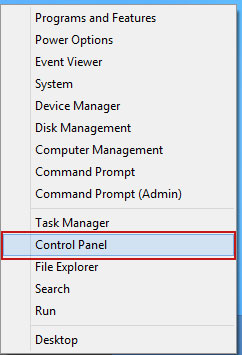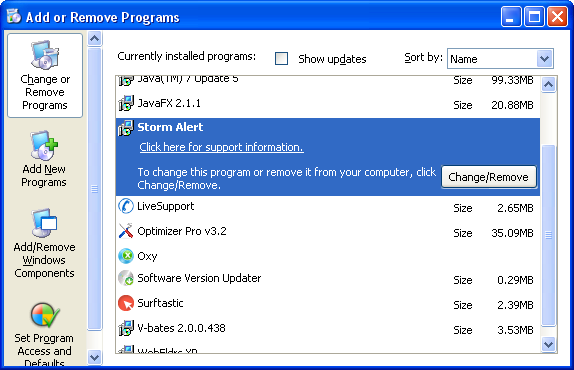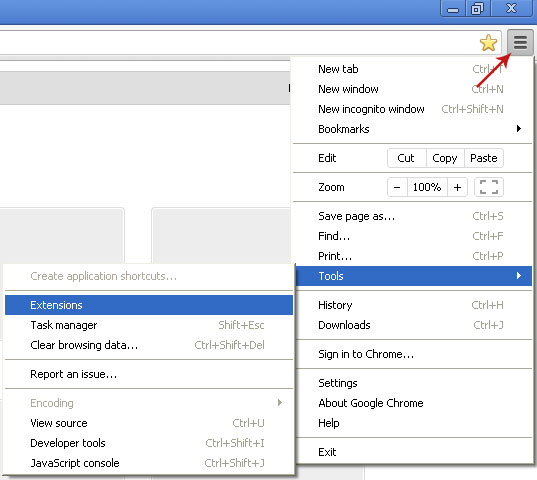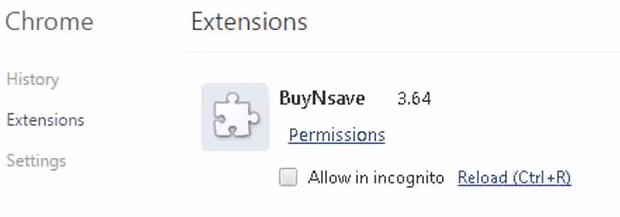And although seen as one of the stable of malicious software's more innocent residents, Storm Alert is actually rather more corrupt than many people give it credit for. And in fact, so many adware developers or companies have such a vested interest in you NOT removing it from your computer thanks to its money spinning properties, it can actually be quite a lot harder to remove than you may think.
Therefore, it stands to good reason that, as well as knowing how to remove Storm Alert, should you get infected by it, knowing how to protect yourself from it is paramount if you want to keep yourself safe while connected to the Internet. The silver lining of the adware cloud is that defending yourself against it is easy and - even better news - free.
Gone are the days when adware and malware like Storm Alert only attacked visitors of dubious websites - for example gambling sites and X rated adult content sites. These days many reputable and authentic companies are finding themselves victim of attack. Cyber criminals target popular websites and embed them with an HTML document hidden inside another HTML document (otherwise known as an iframe) that will insert content from the fraudster's own website into the site in question. And in the case of adware, spyware and other malware, this content will malicious. But you'd guessed that already anyway, hadn't you?
So what happens is that you visit a well-known website to read the news, catch up on the latest celebrity gossip, book a vacation or buy a new pair of sneakers and should that site have been compromised by malicious adware, the domino effect will trigger Storm Alert to install itself onto your computer. This is commonly known as a drive-by download.
And far from being innocent Storm Alert can cause real problems for your computer: it can make it run slowly, hijack your browser, have a detrimental effect on your Internet connection and cause websites and installed programs to crash. Not only that but it can cause problems with your PC's security and leave you wide open to further attack by even more virulent enemies.
Therefore, I strongly suggest that when you're done reading this, your next action should be to make sure your PC is safe and secure. Ensure you have a renowned anti-malware program installed on your machine and that it is up to date. You also need to make sure that you are staying on top of patches for your browser, Windows, and other programs you have installed such as Skype, Flash, Adobe Reader etc. If your patches are out of date you could be extremely vulnerable to security issues.
To remove Storm Alert and stop annoying ads, please follow the steps in the removal guide below. If you have any questions, please leave a comment down below. Good luck and be safe online!
Written by Michael Kaur, http://delmalware.blogspot.com
Storm Alert Ads Removal Guide:
1. First of all, download anti-malware software and run a full system scan. It will detect and remove this infection from your computer. You may then follow the manual removal instructions below to remove the leftover traces of this malware. Hopefully you won't have to do that.
2. Remove Storm Alert related programs from your computer using the Add/Remove Programs control panel (Windows XP) or Uninstall a program control panel (Windows 7 and Windows 8).
Go to the Start Menu. Select Control Panel → Add/Remove Programs.
If you are using Windows Vista or Windows 7, select Control Panel → Uninstall a Program.

If you are using Windows 8, simply drag your mouse pointer to the right edge of the screen, select Search from the list and search for "control panel".

Or you can right-click on a bottom left hot corner (formerly known as the Start button) and select Control panel from there.

3. When the Add/Remove Programs or the Uninstall a Program screen is displayed, scroll through the list of currently installed programs and remove the following:
- Storm Alert
- and any other recently installed application

Simply select each application and click Remove. If you are using Windows Vista, Windows 7 or Windows 8, click Uninstall up near the top of that window. When you're done, please close the Control Panel screen.
Remove Storm Alert related extensions from Google Chrome:
1. Click on Chrome menu button. Go to Tools → Extensions.

2. Click on the trashcan icon to remove Storm Alert, MediaPlayerV1, HD-Plus 3.5 and other extensions that you do not recognize.
If the removal option is grayed out then read how to remove extensions installed by enterprise policy.

Remove Storm Alert related extensions from Mozilla Firefox:
1. Open Mozilla Firefox. Go to Tools → Add-ons.

2. Select Extensions. Click Remove button to remove Storm Alert, MediaPlayerV1, HD-Plus 3.5 and other extensions that you do not recognize.
Remove Storm Alert related add-ons from Internet Explorer:
1. Open Internet Explorer. Go to Tools → Manage Add-ons. If you have the latest version, simply click on the Settings button.

2. Select Toolbars and Extensions. Click Remove/Disable button to remove the browser add-ons listed above.

